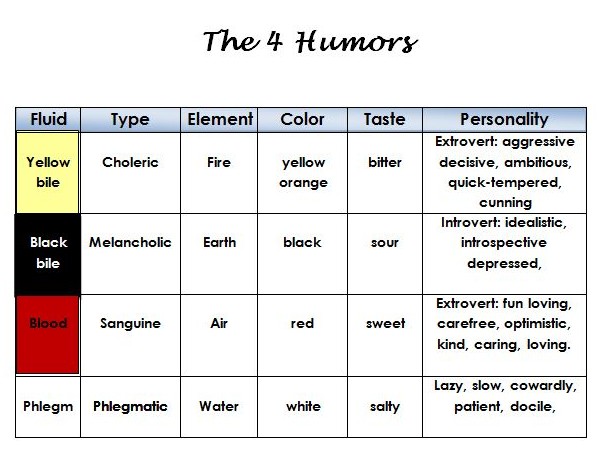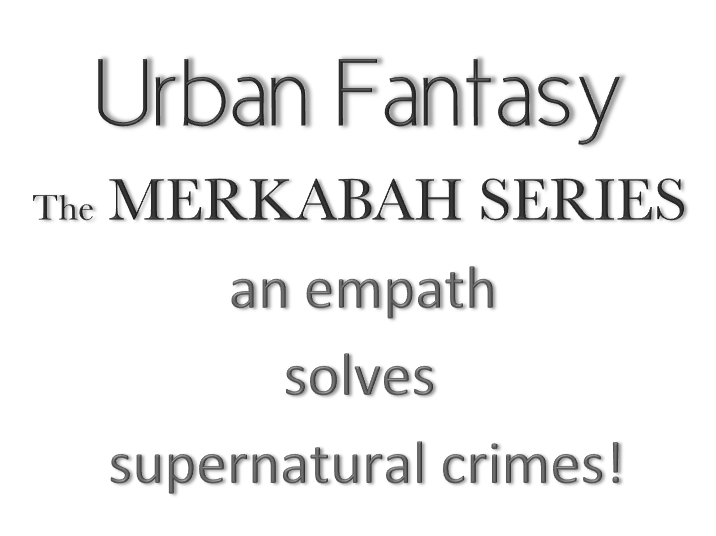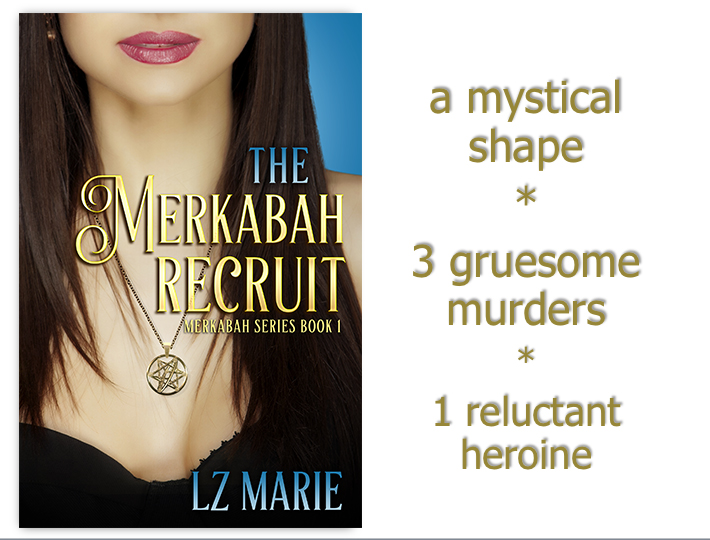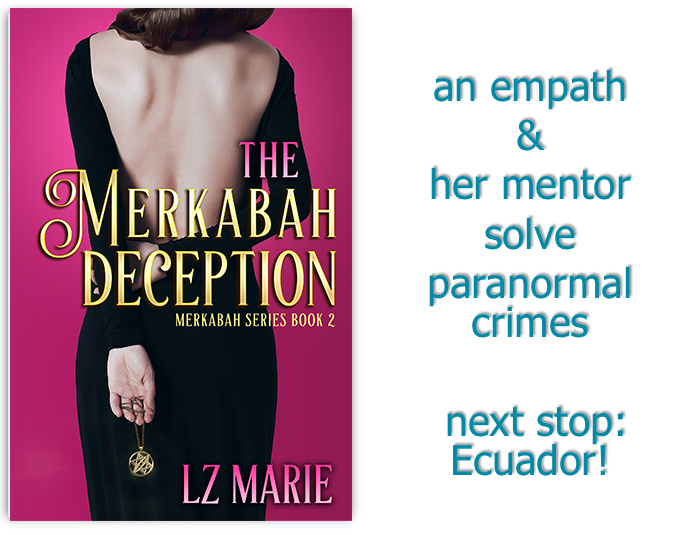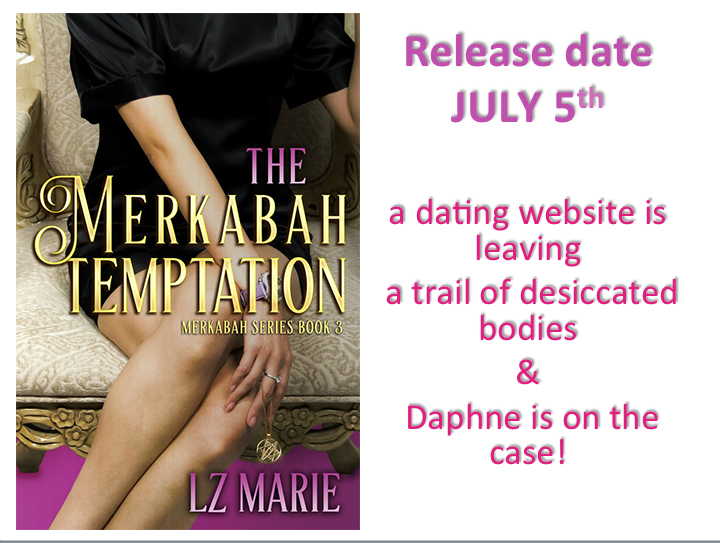This is not a post about funny characters. This is about creating character personalities based on the 4 humors.
The what?
Here’s a quick refresher course on the ancient Greek categories.
Hippocrates ( 460–370 BC) is responsible for taking an even more ancient Egyptian theory and developing it into one that categorized temperaments into 4 basic types. These personality types were attributed to an excess of certain ewww-worthy body fluids.
A surplus of:
1. Blood corresponds to a sanguine personality. The best of all the temperaments, these extroverted folks are fun-loving, carefree, optimistic, kind, caring, and loving. They are easily distracted but also forgive and forget just as quickly.
2. Black Bile is associated with melancholia. These introverted and idealistic types are prone to introspection and depression. They can also be neurotic, obsessive perfectionists. They are the quintessential brooder.
3. Yellow bile is linked to the choleric traits of aggression, decisiveness, ambition, and vengeance. These quick-tempered types are cunning and quick to blame others.
4. Phlegm is associated with phlegmatic traits. Lazy, slow, cowardly, and lack of ambition are the negative aspects of this type. Patient, docile, and peace-making are the positive aspects.
Note: Yes, one could be a balanced personality and have all the requisite amount of fluids, but what would be the sense in creating a character without flaws?
See chart at end of post for more associations.
It’s easy to find evidence of humor types in TV, literature, and film. From Ferris Bueller’s Day Off ( Ferris = sanguine; Cameron = melancholic; Sloane = phlegmatic; Jeanie = choleric) to The Hangover ( Phil = choleric; Stu = melancholic; Alan = sanguine; Doug = phlegmatic) scores of characters are created that fit the 4 humor types.
Why create characters that conform to some ancient weird-gross body fluid classification?
A good story requires:
- a cast of characters with distinct personalities. The 4 humors help a writer “see” their characters’ strengths and flaws with more clarity.
- interesting dialog. Knowing your characters’ type helps create authentic dialog.
- lots of conflict. What better way to add conflict then have these personalities be at odds with one other. Ninja Turtles, anyone? Seinfeld?
- character growth. One type learns from the others. Whether that growth is positive or negative is determined by your plot.
Other types of categories for sussing out characters: Western astrological signs, Chinese zodiac signs, Greek/Roman gods, and the Meyer-Briggs categories.
Have fun creating your characters!
Related links: Rock Your Writing

